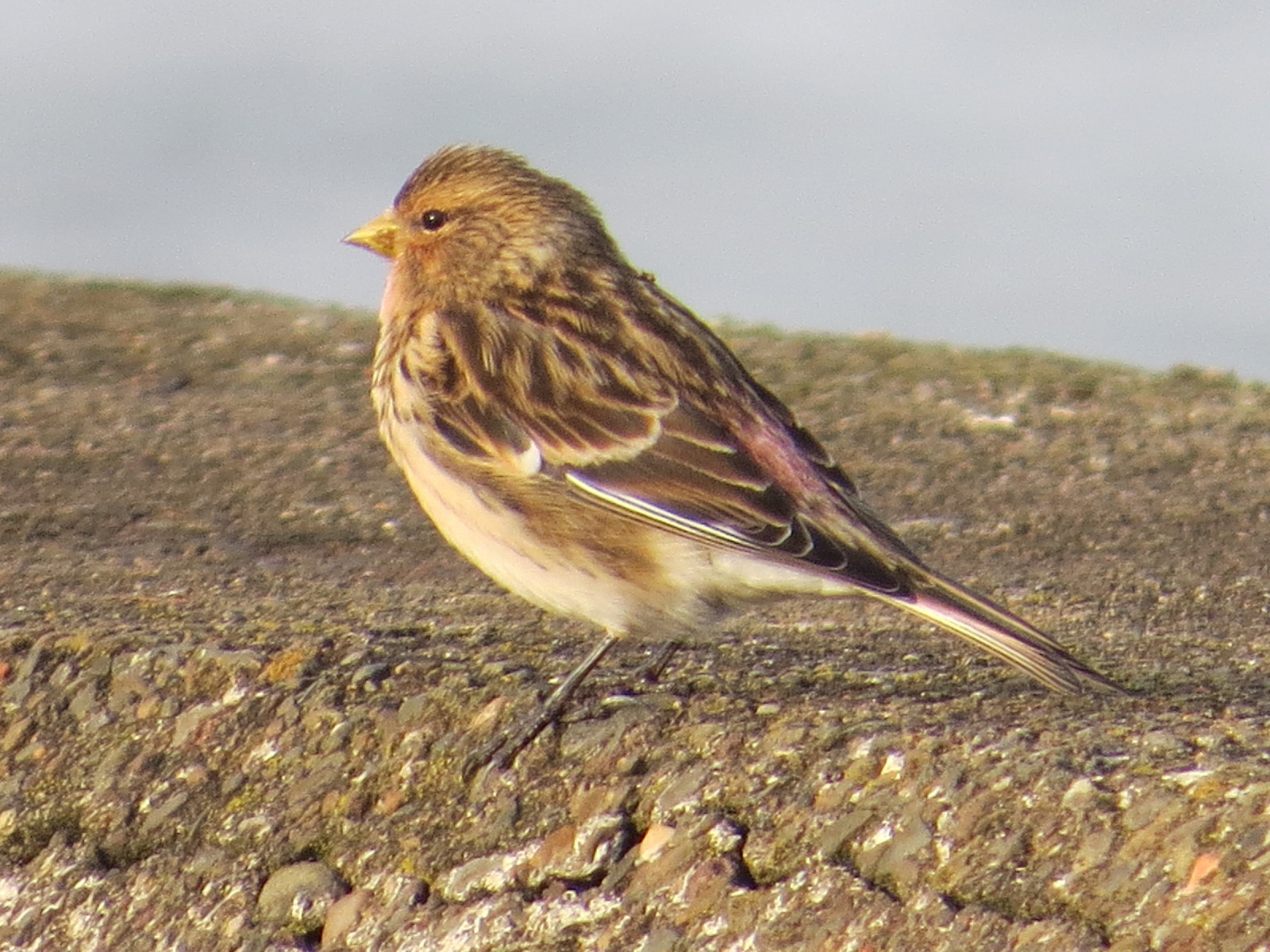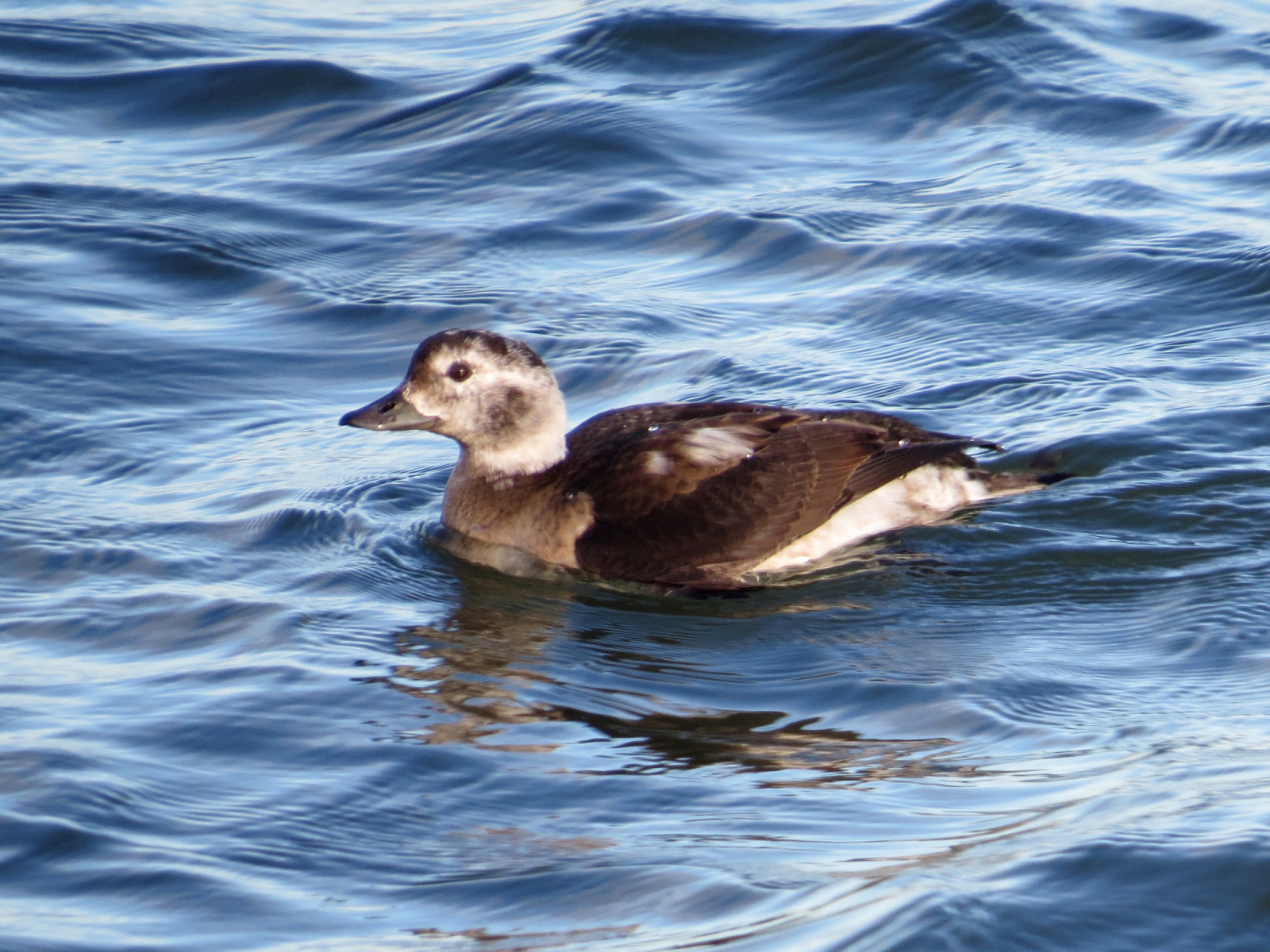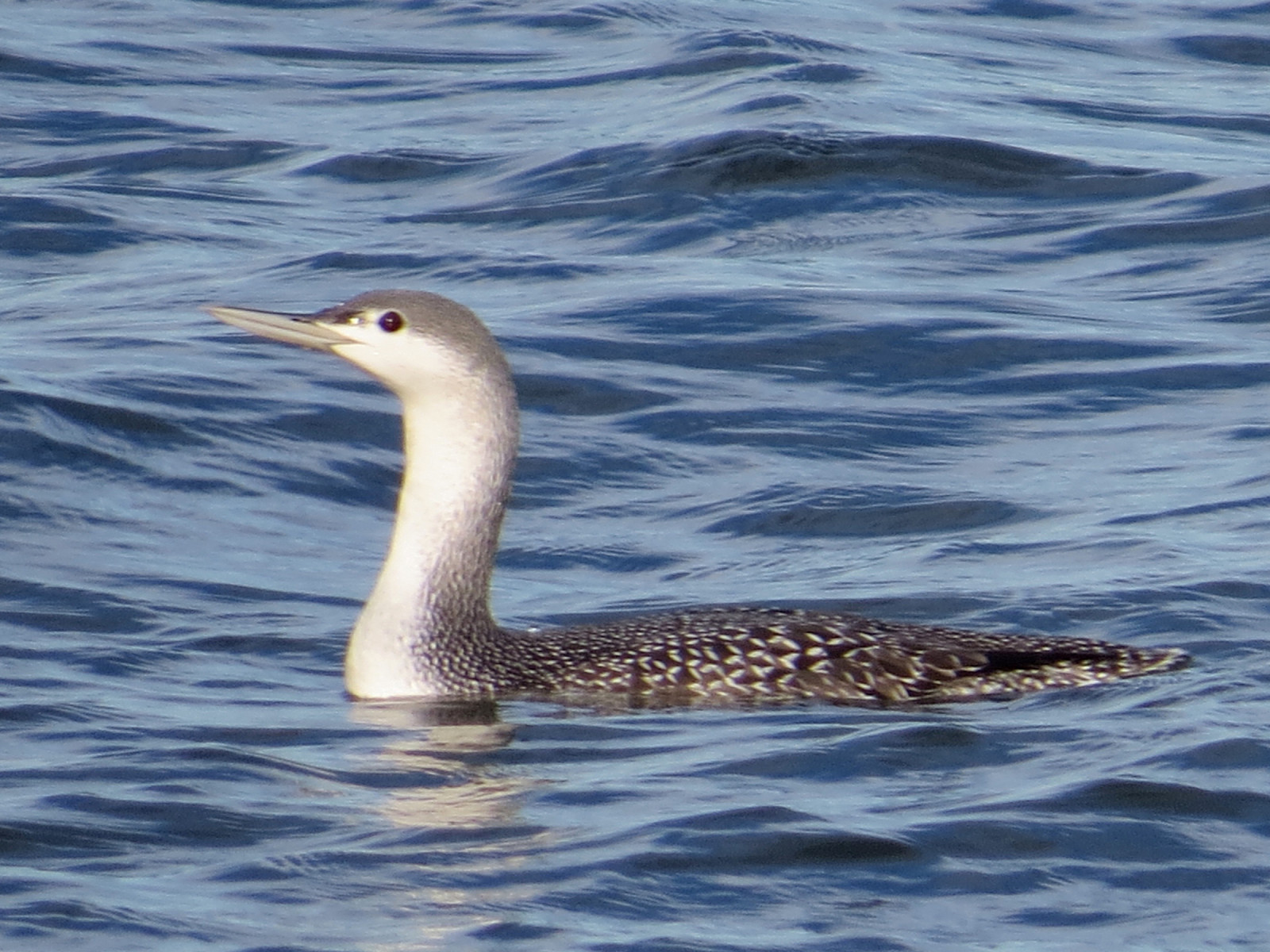Descripción
Musselburgh is an area of reclaimed mudflats which were landscaped with trees and scrapes, and with a seawall directly overlooking deep but sheltered water in the Firth of Forth. Grassland, woodlands, open ash lagoons, a boating pond and artificial wader scrapes. Good for terns, gulls, waders and grebes and one of the best places to see sea ducks, including as many as five species of Scoter, off the seawall.
Some of the birds you can see here: Negrón especulado, Pato Havelda, Somormujo Cuellirrojo, Zampullín Cuellirrojo, Negrón Careto. The open, rough grass is also attractive to wintering Pardillo Piquigualdo.
Recent rarities include Andarríos del Terek, Correlimos Falcinelo, Negrón aliblanco, Éider real, Agujeta Escolopácea, Chorlito Dorado Siberiano and Stejneger's Scoter.
Detalles
Accesso
Park at Goose Green Road by the River Esk or by the boating pond or on the car park near the eastern entrance. The walking trail that is shown on the map is 4,5 km long.
Terreno y habitat
Árboles y arbustos dispersos , Humedal , Pradera , Río , Mar , Pisos de barroCondiciones
PlanoCamino circular
Sí¿Se necesita telescopio?
SíBuena época para el avistamiento de aves
Todo el añoMejor momento para visitar
Migración de primavera , Migración de otoño , InviernoRuta
Camino pavimentado , Camino anchoCamino difícil de andar
FácilAccesible vía
A pie , Bicicleta , Silla de ruedasEscondite de observación / plataforma
SíInformación extra
Musselburgh Lagoons, at the mouth of the River Esk, were formed in 1964 by the South of Scotland Electricity Board. They constructed a large concrete sea wall encompassing four large lagoons which were used for the dumping of fly-ash from the nearby Cockenzie Power Station. These ash lagoons provided ideal conditions for the large numbers of waders, gulls, terns and duck that now use them as a high tide roost site, particularly the lagoon nearest to the river mouth. In June 2023 a new lagoon and 5 new hides were opened on the Lagoon nearest the river, the hides are accessible from a tarmac foot and cycle path.



,_Etangs_de_Stavelot,_Belgien_(38631119665) Frank Vassen.jpg)